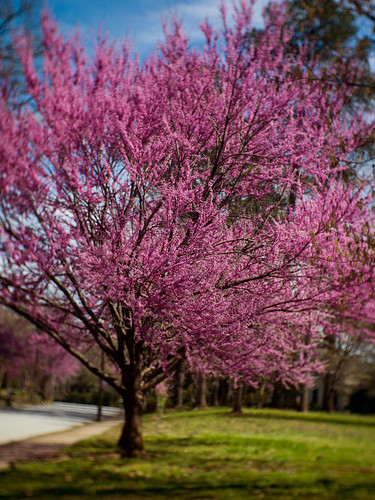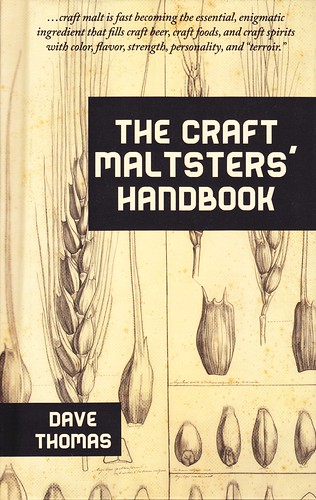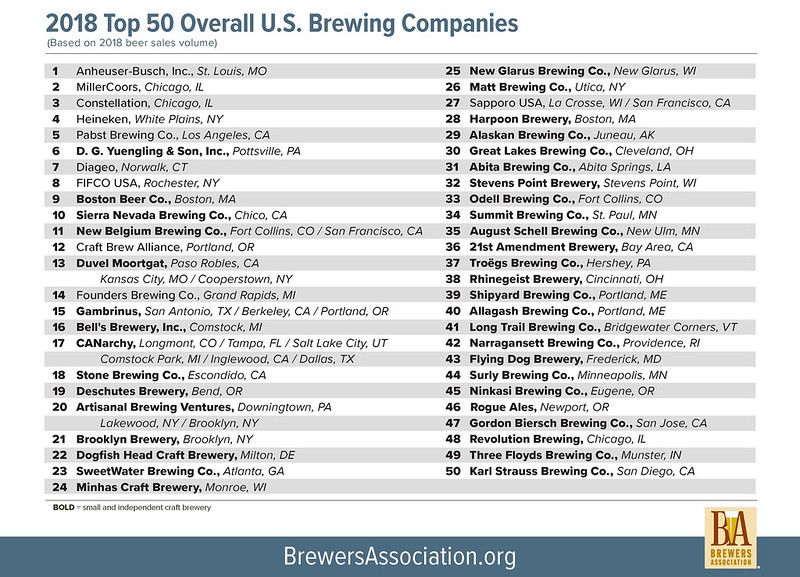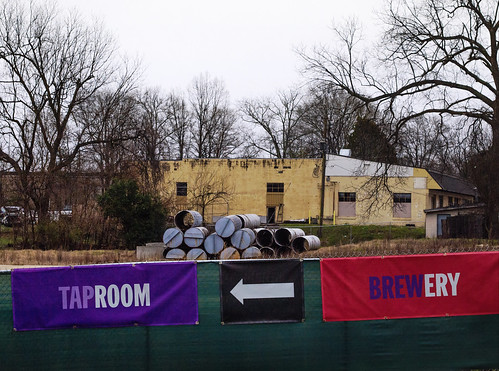On 17 March 2019, these magnificent dogwoods —in the Sycamore Street neighborhood of Decatur, Georgia— were in the pink, seemingly celebrating the start of spring. They were three days early.
***************
Vernal Equinox
The actual
Vernal Equinox —when winter became spring, astronomically— occurred Wednesday at 5:58 pm Eastern Daylight Saving Time. (That's Atlanta, Georgia time. Your time may vary.) At that moment, the Sun crossed, from south to north, directly above the equator. In other words, at that moment there was no tilt of the Earth's axis
in regard to the Sun. For our friends south of the equator, the March Equinox marks the end of summer and start of autumn.
Super Worm Full Moon
The moon also rose that evening of the Equinox, full (aka the
Worm Moon) and 'super' (its closest approach to the Earth). That's a phenomenon that last occurred in spring 1905 and won’t occur again until 2144.
Not half and half
Year to year, due to the inexactness of the modern calendar and because Earth's elliptical orbit is continually changing its orientation relative to the Sun, the date varies from 19 through 21 March. And, it isn't true that on that day, there are equal amounts of daylight and dark. It's close,
but not quite.
Vernal Equinox and Easter
In A.D. 325, the Roman Catholic
Council of Nicaea set the date of Easter as the Sunday following the paschal full moon, which is the full moon that falls after the Vernal Equinox. (A full moon —the Worm Moon— did occur Wednesday night, but since it occurred on the same date, it's not technically the first full moon
after the Equinox.)
In practice, that means that Easter is always the first Sunday after the first full moon that falls after March 21. Thus, Easter can occur as early as 22 March or as late as 25 April, depending on when the paschal full moon falls.
-----more-----
















